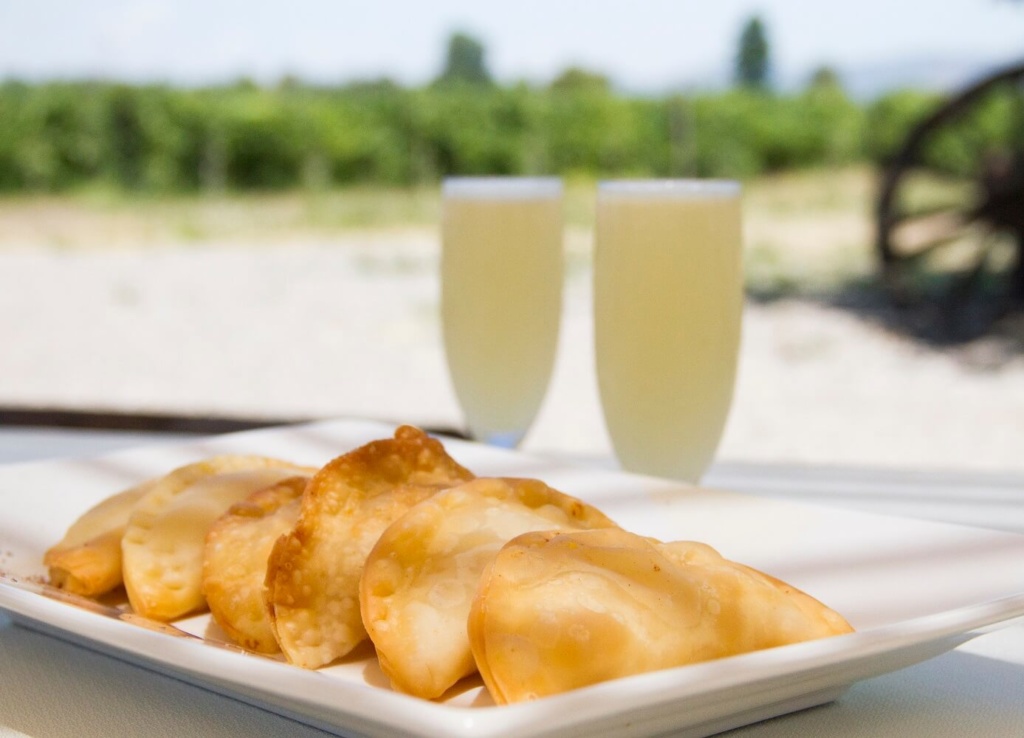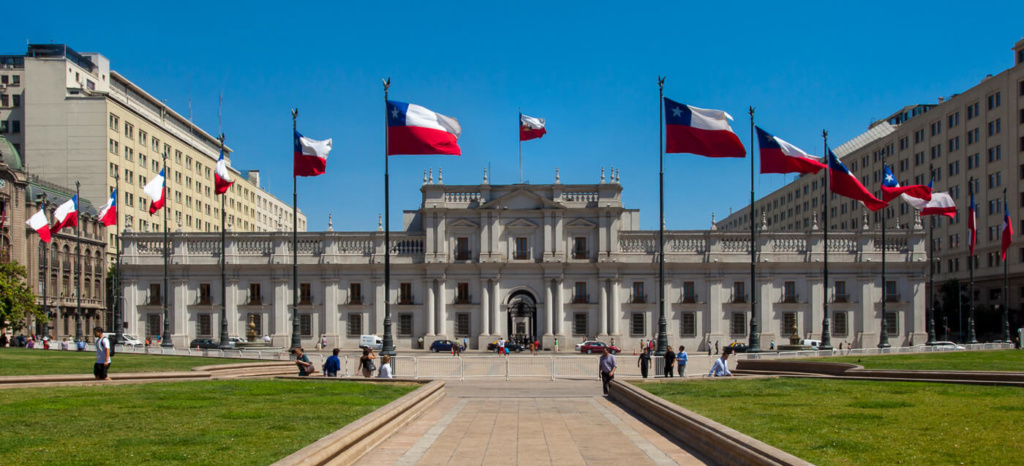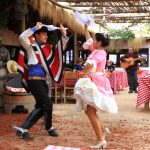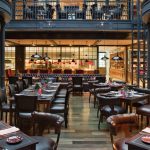Spring comes to Chile in September, and with it, the 18th, or dieciocho, as we fondly call our national holiday. It would be impossible to miss the ramp-up, with red white and blue bunting, plates, ribbons and decorations on cars and buildings around the country, but the real fun starts in the days before the 18th when nearly everyone gets into the spirit of Fiestas Patrias. Here are some things to look out for, whether you choose to celebrate up close and personal, or just observe from afar.
Fondas
These are the organized parties to celebrate the 18th holiday, in the days before and leading up to the 18th and 19th. The 19th celebrates the Chilean military with a large parade in Parque O’Higgins, but there are ongoing parties, usually from about the 15th and on. Fondas place mostly at local parks, and occasionally restaurants, and sometimes have a small entrance fee. At the fondas, which are occasionally named for cultural touchstones and inside jokes, expect traditional music, food, and games (seen below). This is a time for Chileans and visitors to let out their inner extrovert. Looking for more sedate entertainment that’s still in the spirit of the 18th? Head to Inés de Suarez park in Providencia, always a good choice for families.
Chicha
This sweet, cider-like drink is made from from either apples or grapes. Homemade bottles from the country are in high demand at this time of year, but you can buy yours in the supermarket. Chicha is fizzy and refreshing, but it’s easy to underestimate the alcohol content, so drinker beware!
Terremoto
If you’re primed for a different kind of libation, consider a terremoto. This uniquely Chilean drink is made of a a young white wine, topped with non-dairy pineapple ice cream and occasionally a splash of the Argentine white spirit, Fernet, or if you like it sweeter, grenadine, or (newly) other syrup. It’s the heart of the 18th celebration. People rarely make them at home, preferring to get one at a fonda or traditional Chilean watering hole. Beware that terremoto means earthquake, and while the first one might be a surprise, it’s the aftershocks (réplicas), or successive terremotos that are said to do the most damage.
Empanadas
With the free-flowing alcohol, you can bet that Chileans are also eating something. Though there are lots of foods to try at fondas such as skewered meat and sopaipillas (fried dough, served with spicy sauce or sweet mustard), and choripanes (grilled sausage in a roll) the king of them all is the empanada. Chile’s traditional empanada is filled with pino, a mixture of ground meat sautéed with onions, cumin, and spices, with half a hard-boiled egg and often a single black olive (mind the pit!). How to eat an empanada? Break off the cacho (bready end), first, and blow on it to make sure it’s cool enough. Then go from the top down. Be sure to grab some servilletas (napkins) to catch the drips.
Cueca
So you’ve got your food and drink, but what’s that music? Traditional Chilean folk music and dance, called the cueca is the order of the day on the 18th and the days leading up to it. There are many different styles of this dance, and you can take a guess at the style from the women’s attire. Flowery, Little House on the Prairie-style dresses are more traditional, whereas the slim fitting black skirt is associated with the cueca urbana. Either way, the dance represents the mating dance of rooster and hen, and involves elaborate hanky flinging and fancy footwork. People tend to have a great time, no matter their skill level, though there will often be presentations where experts show off what the dance is actually meant to look like. You won’t be expected to participate, but if you do, you’re likely to get a round of applause. Pro tip: the hanky is shake up into the air, not twirled like a helicopter.
Flags
You’ll notice a large number of Chilean flags everywhere in the country in September, but especially around the 18th. This is for several reasons. There’s patriotism and general excitement about the holiday. There’s also a law that actually requires all public and private buildings to have the flag on display during the 18th and 19th of September. You’re likely to see people selling flags in the street, and many people wave them at the parade on the 19th as well, so consider that for your souvenir collection.

Games
Several games are considered traditional in Chile, and are in evidence at the 18th festivities. There’s the easily portable ball-in-cup or emboque, in which the player has a wooden toy that has two parts connected by a string, and the goal is to make one part fit in the other part with just one hand. Many adult men are surprisingly good at this, and there are often competitions, with prizes. You may also see people playing rayuela, also called tejo, which is a tile-toss game. There’s the greased pole climb, often organized at the parks, and for everyone else, flying simple crepe paper kites in the air with great finesse in the September breeze is an essential part of Chilean childhood and the spirit of the dieciocho.

